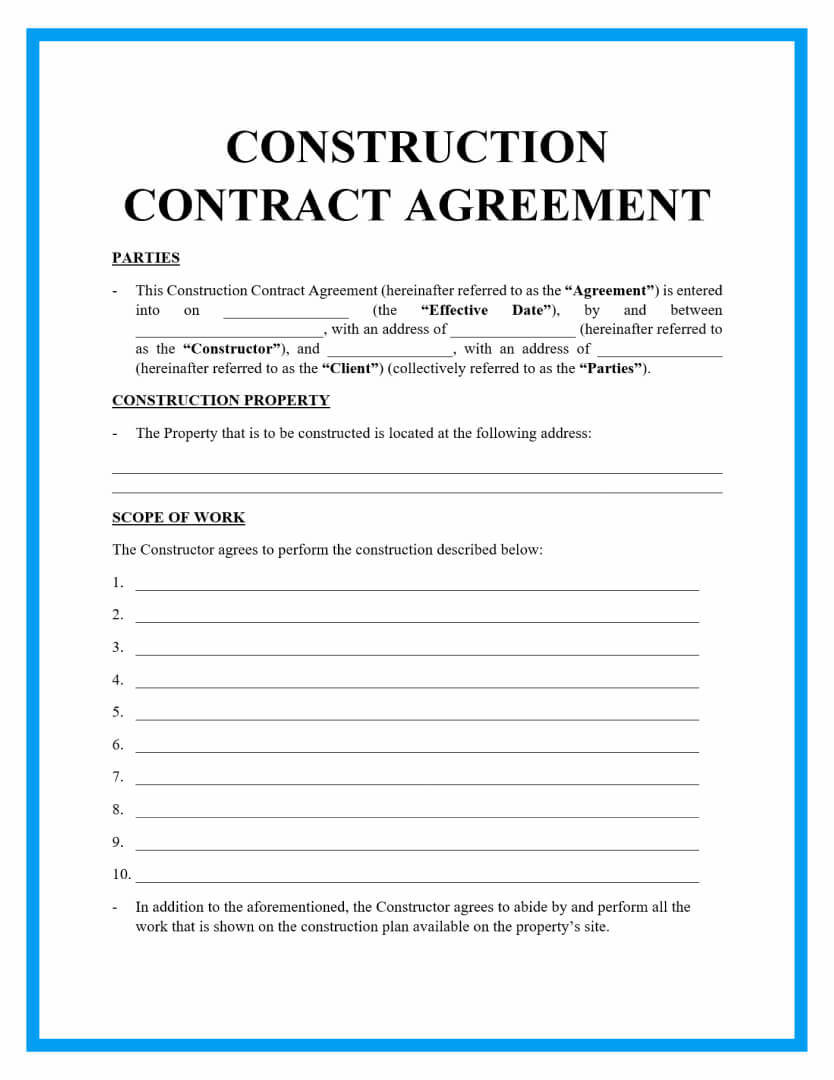Global supply-chain delays and shortages have had an impact on construction contracts in terms of enforceability and risk, and have increased the likelihood of litigation to settle differences between parties, as well as the need to negotiate contracts that anticipate and minimize potential disputes.
“The allocation of risk is paramount to [achieving] the best possible outcome,” stated David Vanderhider, a Partner in the San Antonio office of Dykema Gossett, a Detroit-based national law firm with a substantial construction litigation practice.
During an October 26 webinar that explored the legal considerations of supply-chain impacts on contracts, Vanderhider was joined by two Partners from Dykema Gossett’s Chicago office: Steven Mroczkowski, who is Co-leader of the firm’s Construction Group; and Melanie Chico, Asset Practice Group Leader.
Chico predicted that supply-chain problems, including those related to costs and labor, are likely to spill into 2023. To which Vanderhider followed that earlier attention to planning will be needed to prepare for delays and cost overruns. Mroczkowksi added that collaboration is the key to allocating risk fairly, and he’s been seeing fewer take-it-or-leave-it clauses on contracts. But he also noted that “there’s no one-size-fits-all” solution.
Contractual risk and reward
The bulk of the webinar was taken up with the partners discussing different contract clauses. For example, Mroczkowski has seen an uptick in litigation over the applicability of force majeure, which is intended to excuse nonperformance following a particular event. (This is commonly known as the “Act of God” provision.) Such clauses are enforceable when the event is beyond the reasonable control of the party. And what is often being litigated, he said, is whether the affected party took sufficient steps to reduce its risk.
Mroczkowski cautioned that force majeure can vary by jurisdiction and how a project’s financing is structured, which is why he advises clients to customize the language of their contracts to the realities of the given project. “Sometimes, risk allocation boils down to an amendment in a contract,” observed Chico.
Another growing area of dispute, the partners said, is a contract’s Notice requirement, which spells out when a party is entitled to additional compensation or time. Chico said that too many notice clauses are loosely drawn up, and lack specificity when it comes to who, what, when, and why.
Indeed, the partners agreed that the precision of a particular clause’s language usually determines each party’s level of protection in a contract, especially at a time when outside forces that affect contractual agreements are in flux.
Litigate or arbitrate

During the webinar, the partners touched on suspension and termination provisions, limitation of liability clauses, waivers for consequential damages (which owners are generally interested in), safety requirements, and insurance requirements. (Vanderhider said that insurance policies covering errors and omissions/professional liability “are trending,” and revolve around notice provisions.)
He said he’s been seeing contracts with more provisions that allow owners to withhold payments, with a notorious change in emphasis from “pay when paid” to “pay if paid,” which shifts more risk onto subcontractors. Chico added there are options “to be creative here,” such as payment clauses that kick in or are capped at certain thresholds, are limited to certain building materials, are tied to index pricing, or offer early payment for supply and storage actions.
The partners also took some time to debate how best to resolve disputes in general.
Vanderhider typically favors litigation, claiming that arbitration doesn’t always save time or money, and can place limits on the presentation of evidence and witnesses. “Many of the more common contract forms don’t reflect the reality of today’s economic climate,” he asserted. But Vanderhider also conceded that arbitration makes it easier for parties to keep evidence private
Chico, on the other hand, prefers arbitration, “mostly because it’s faster” than letting a lawsuit play out. She and Vanderhider agreed that dispute clauses in contracts are most effective when they are consistent throughout the construction chain. Mroczkowski recommended, too, that contracts include a provision mandating some level of arbitration so as not to halt the project while the parties try to resolve differences.
In conclusion, Mroczkowski cited four takeaways for contractual risk mitigation:
•Focus on your priorities
•Be proactive anticipating supply-chain impacts
•Ensure consistency in certain key contract terms
•Ensure compliance with local laws.
Related Stories
Mass Timber | May 8, 2024
Portland's Timberview VIII mass timber multifamily development will offer more than 100 affordable units
An eight-story, 72,000-sf mass timber apartment building in Portland, Ore., topped out this winter and will soon offer over 100 affordable units. The structure is the tallest affordable housing mass timber building and the first Type IV-C affordable housing building in the city.
K-12 Schools | May 7, 2024
World's first K-12 school to achieve both LEED for Schools Platinum and WELL Platinum
A new K-12 school in Washington, D.C., is the first school in the world to achieve both LEED for Schools Platinum and WELL Platinum, according to its architect, Perkins Eastman. The John Lewis Elementary School is also the first school in the District of Columbia designed to achieve net-zero energy (NZE).
Healthcare Facilities | May 6, 2024
Hospital construction costs for 2024
Data from Gordian breaks down the average cost per square foot for a three-story hospital across 10 U.S. cities.
MFPRO+ Special Reports | May 6, 2024
Top 10 trends in affordable housing
Among affordable housing developers today, there’s one commonality tying projects together: uncertainty. AEC firms share their latest insights and philosophies on the future of affordable housing in BD+C's 2023 Multifamily Annual Report.
Retail Centers | May 3, 2024
Outside Las Vegas, two unused office buildings will be turned into an open-air retail development
In Henderson, Nev., a city roughly 15 miles southeast of Las Vegas, 100,000 sf of unused office space will be turned into an open-air retail development called The Cliff. The $30 million adaptive reuse development will convert the site’s two office buildings into a destination for retail stores, chef-driven restaurants, and community entertainment.
Codes and Standards | May 3, 2024
New York City considering bill to prevent building collapses
The New York City Council is considering a proposed law with the goal of preventing building collapses. The Billingsley Structural Integrity Act is a response to the collapse of 1915 Billingsley Terrace in the Bronx last December.
Student Housing | May 3, 2024
Student housing construction dips in the first quarter of 2024
Investment in college dorms dipped slightly in the first quarter of 2024, but remains higher than a year ago.
Contractors | May 1, 2024
Nonresidential construction spending rises 0.2% in March 2024 to $1.19 trillion
National nonresidential construction spending increased 0.2% in March, according to an Associated Builders and Contractors analysis of data published today by the U.S. Census Bureau. On a seasonally adjusted annualized basis, nonresidential spending totaled $1.19 trillion.
K-12 Schools | Apr 30, 2024
Fully electric Oregon elementary school aims for resilience with microgrid design
The River Grove Elementary School in Oregon was designed for net-zero carbon and resiliency to seismic events, storms, and wildfire. The roughly 82,000-sf school in a Portland suburb will feature a microgrid—a small-scale power grid that operates independently from the area’s electric grid.
AEC Tech | Apr 30, 2024
Lack of organizational readiness is biggest hurdle to artificial intelligence adoption
Managers of companies in the industrial sector, including construction, have bought the hype of artificial intelligence (AI) as a transformative technology, but their organizations are not ready to realize its promise, according to research from IFS, a global cloud enterprise software company. An IFS survey of 1,700 senior decision-makers found that 84% of executives anticipate massive organizational benefits from AI.

















